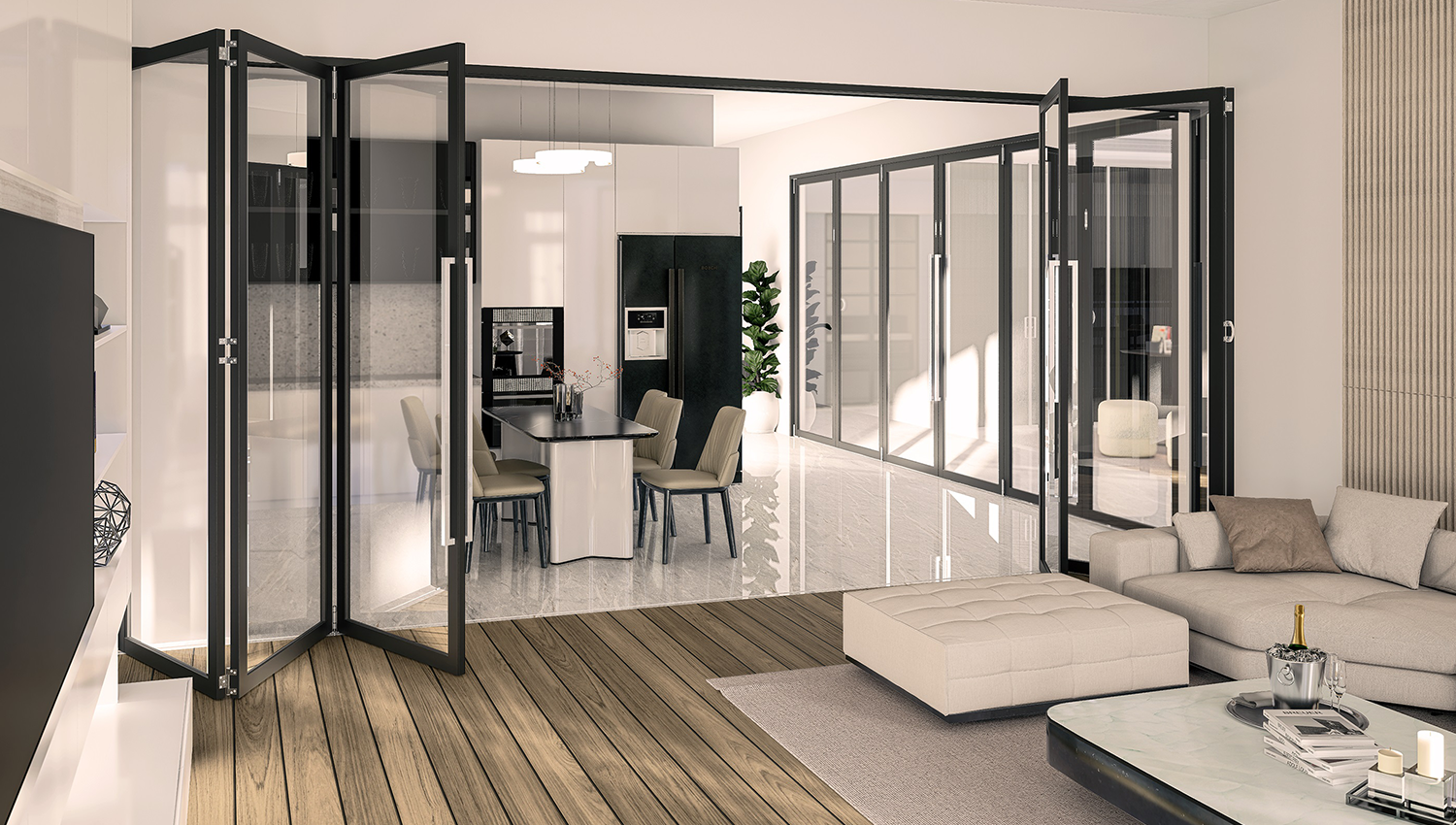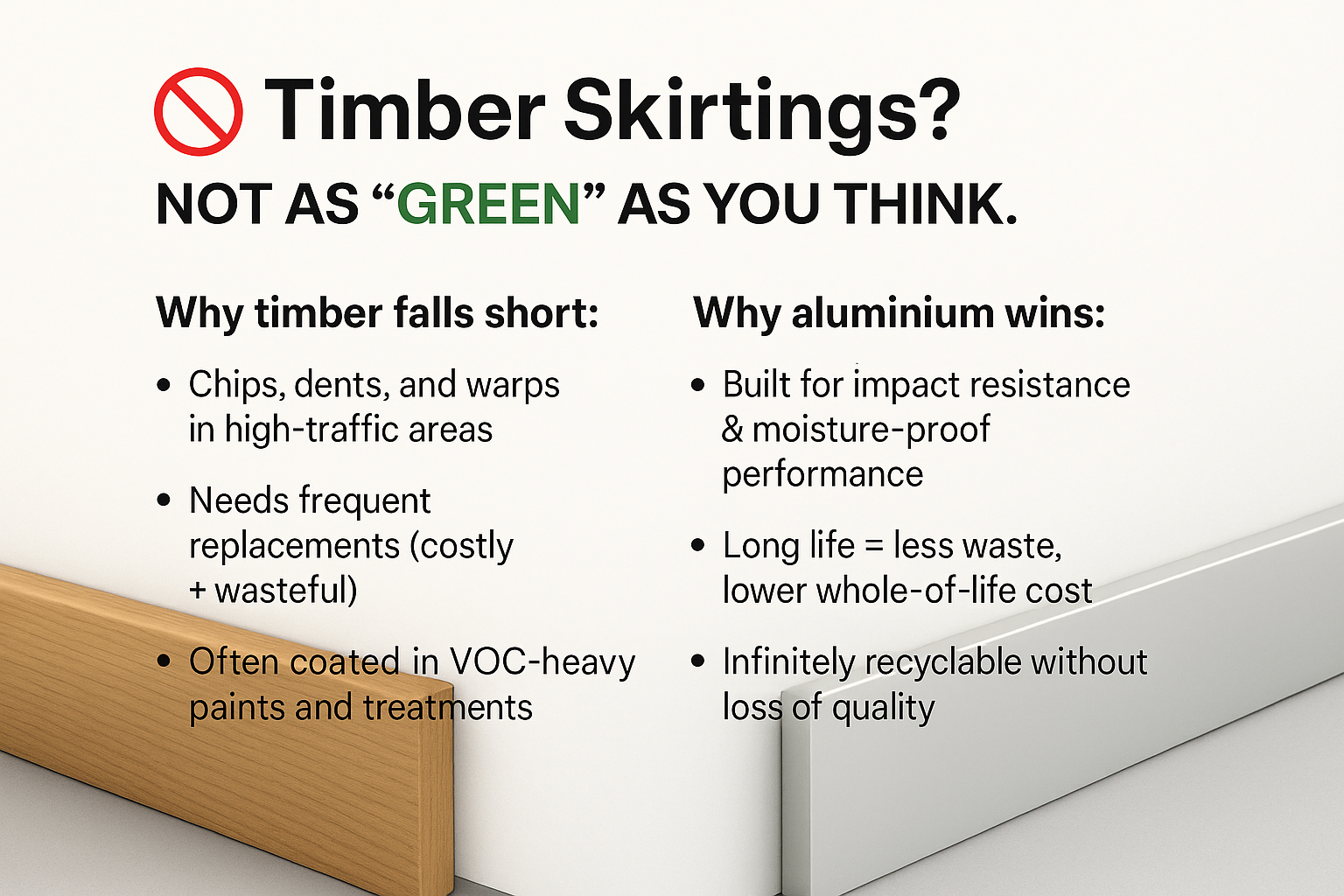
Colour is the most fundamental component of your office interior design. Ultimately, it boils down to feelings, but goes further than simple like or dislike; psychology has long theorised the effects of colour on mood and productivity, with different shades promoting various behaviours and emotions. It’s therefore important to analyse how a colour makes you feel, rather than sticking to design trends.
As an example, blues and greens create a calming ambience, but too much may cause work rates to slow. By contrast, a bit of orange can inject zest and energy, but an overdose may result in an overdose of sociability – too much chatting, not enough work!
There are also the effects of colour on space perception: for example, darker block colours can draw a room in, making it feel smaller than it is. While this can make a larger space appear more inviting, while smaller areas can end up feeling enclosed and claustrophobic.
Let’s take a look at some of our recent office fit-outs as examples of how colour can create a particular ambience in a workspace.

Australia Post’s new fit-out is a great example of how judicious use of a dark, warm colour in a larger space can give it a more inviting feel. The combination of glass panels and laminated sheets in the walling prevents the room from feeling too close, while the slatted system in the ceiling brings it down to a more intimate level while still preserving the vaulted space above.

By contrast, AIPA’s fit-out represents the use of glass partitions and cool colours to create a sense of openness in an area that could potentially feel cramped. The use of aluminium and glass partitioning systems opens out the space, while the colour scheme of light blue and stone grey creates an airy, expansive feel. This fits well with the organisation’s identity, centred around flight and the sky.

Norton Rose, one of the largest international legal practices in the country, has an office fit-out that shows darker colours needn’t be oppressive. Using grey marble flooring with glass and aluminium partitioning systems in the meeting room and reception area, the combination of colour scheme with luxe materials creates a dramatic, impressive impact. Though the overall effect emphasises solemnity and professionalism, extensive use of glass prevents the darker colouring from becoming too harsh and enclosing. The tinted glass, however, promotes the idea of privacy in the meeting rooms.

The office spaces use a similar colour scheme that links them thematically with the meeting room and reception areas, but the floors are carpeted, rather than marbled, for a warmer touch. The offices also incorporate glass partitions to open out the space, but the glass used here is untinted with a touch of green at the top. This creates a more refreshing, friendly atmosphere and promotes a sense of transparency between the lawyers and their clients.
For more design inspiration, like us on Facebook, where we post regular updates on our projects and products.

When we think of luxury homes, the focus often falls on architectural statement pieces – expansive glazing, bespoke joinery, or curated finishes...

Right now, specifying timber skirtings is popular – but when we look at the bigger picture, the environmental and performance realities tell a different story...